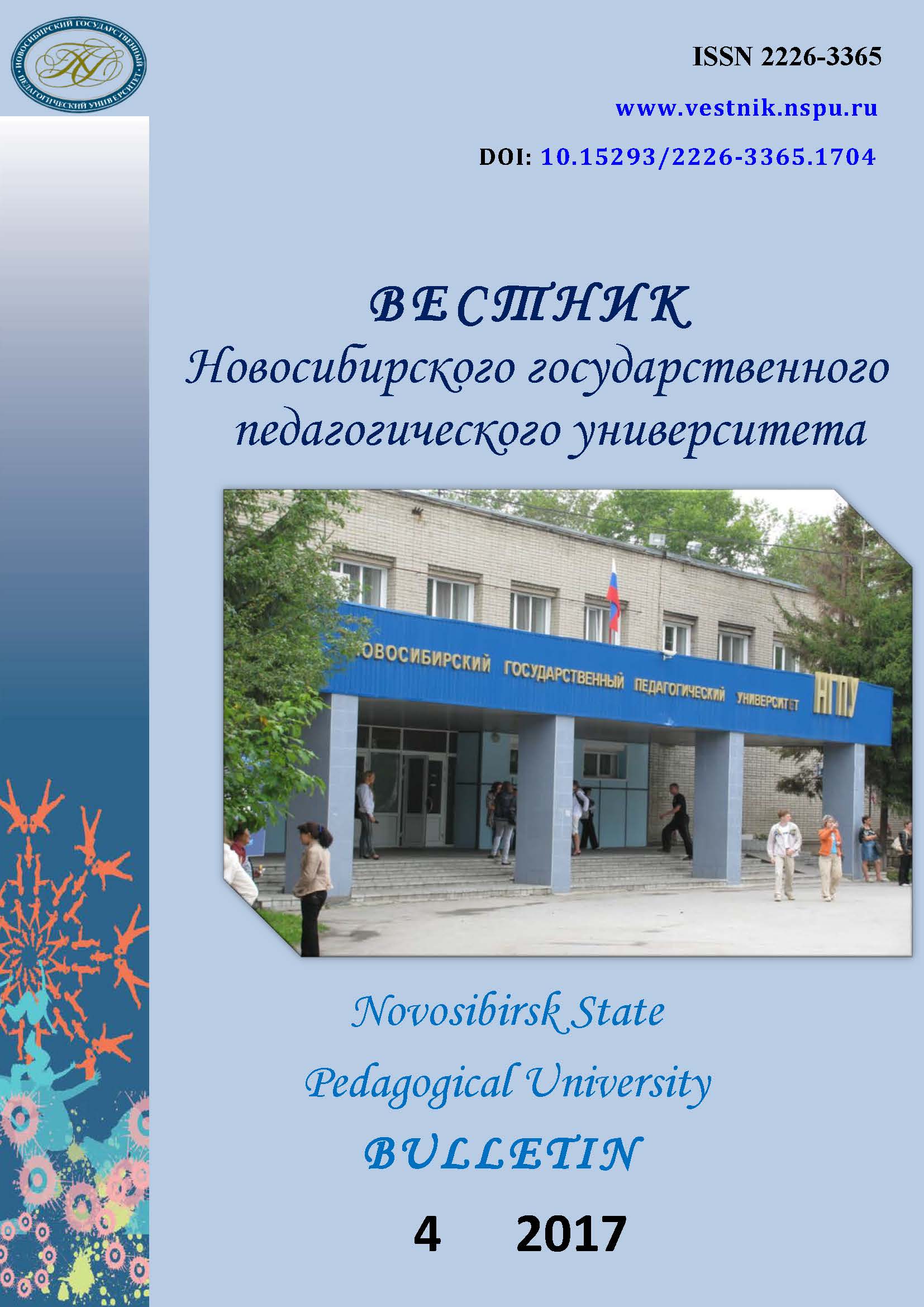Казахстанская модель трехъязычного образования (методологические подходы, принципы и основные стратегии обучения трем языкам)
Methodological approaches and strategies for teaching
the three languages in the Republic of Kazakhstan
Author(s): Lyalya Sarkytovna Syrymbetova, Rymbek Muratovich Zhumashev, Daniyar Nugmetuly, Saule Alisherovna Shunkeyeva, Bakhytgul Asylbekovna ZhetpisbayevaSubject(s): Education, Language acquisition
Published by: Новосибирский государственный педагогический университет
Keywords: Trilingual education; Target languages; Educational process; Level teaching in languages; Communicative approach; CLIL technology; Amount of study time; Lexico-grammatical minimum; Cross-cutting issu
Summary/Abstract: Introduction. The article presents the substantiation of methodological approaches and key learning strategies for effective implementation of Kazakhstan's model of trilingual education taking into account historical and socio-educational prerequisites. The purpose of the arti-cle is to consider the methodological approaches and investigate basic learning strategies of the target languages in the Republic of Kazakhstan. Materials and Methods. The authors consider three main methodological approaches underlying the Kazakh model of trilingual education, in terms of their effectiveness and feasibility. The basic principles and strategies in teaching three target languages: Kazakh (official), Russian and English are outlined. The special accents are placed on the need of considering the basic linguistic laws and the laws of development of a language in teaching the target language. The authors relied on general scientific methods of cognition: theoretical research methods – abstraction, axiomatic method, analysis and synthesis.Results. The authors focus on practical application of methodological approaches and principles described in the section "Methodology", which determine the strategy of teaching the target languages. In practice their implementation is carried out by increasing the workload on linguistic subjects, the introduction of uniform requirements to the linguistic and communicative competences of students in accordance with the level model (CEFR) and system of their evalua-tion, as well as by compiling, lexical and grammatical minimum for each target language, taking into account features of their development in the educational process. Conclusion. Organization of educational process in the Kazakh model of trilingual education should stick to the basic approaches and principles of teaching three target languages: teaching target languages in accordance with the level model (CEFR), communicative and in-tercultural communicative approaches; principles of teaching language and culture, the bal-ance of the Kazakh (state) and Russian languages in the content of education, "double occurrence of knowledge". The basic tool of language teaching in this case is the method of integrated teaching of subject and language (CLIL). The authors emphasize that there are all prerequisites for effective implementation of Kazakhstan's model of trilingual education in the Republic.
Journal: Вестник Новосибирского государственного педагогического университета
- Issue Year: 7/2017
- Issue No: 4
- Page Range: 72-92
- Page Count: 21
- Language: Russian

